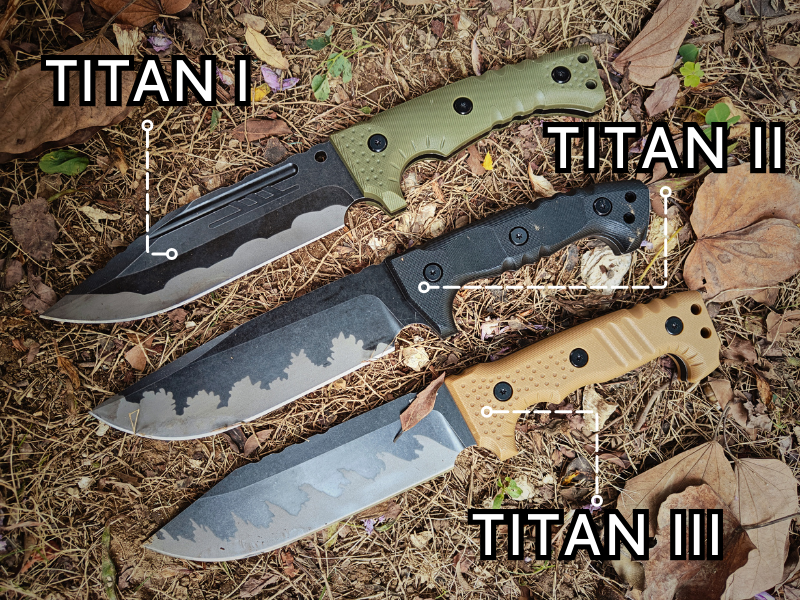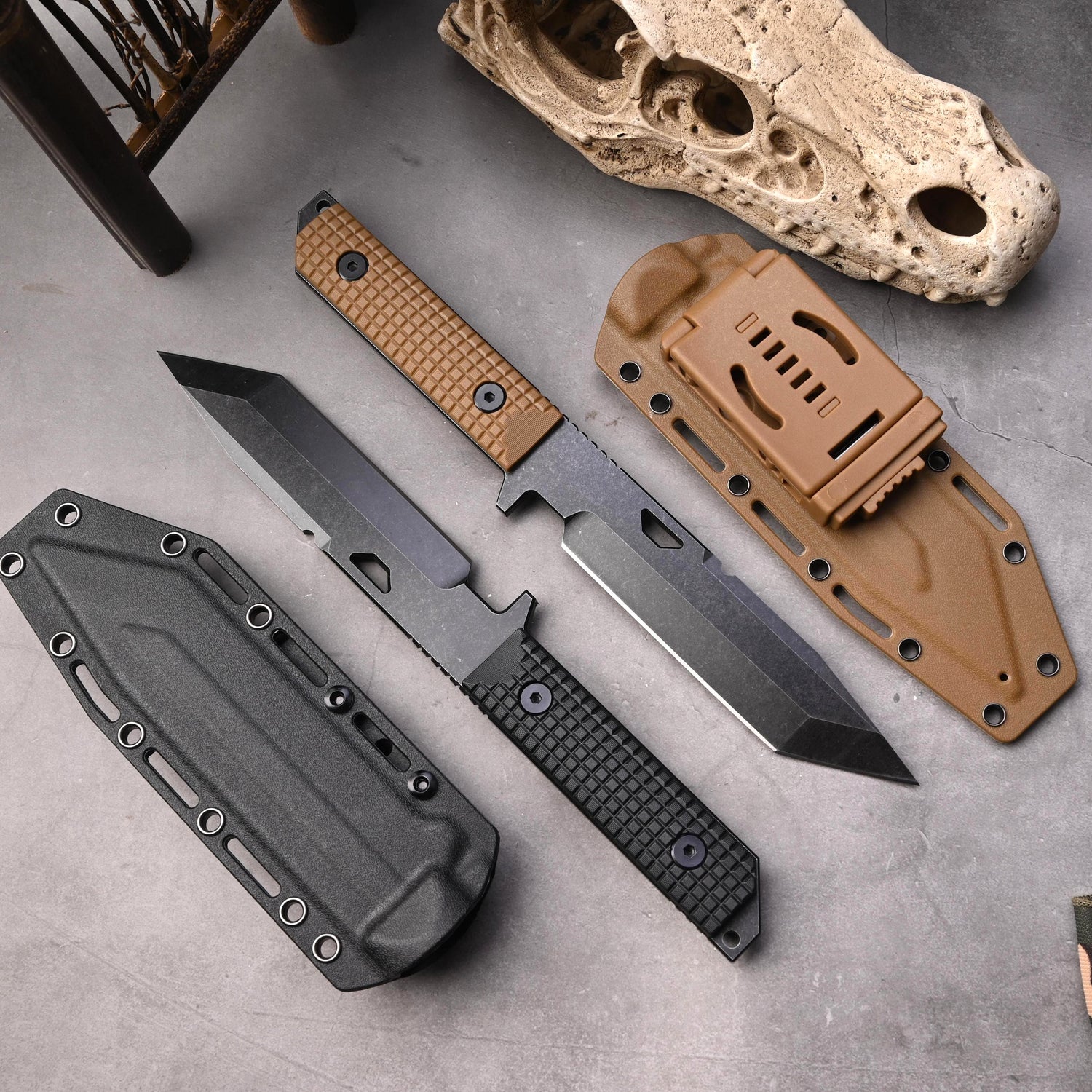
Inventory of blade types: Have you seen these different shapes of blades?
There are different types of knives for different uses and manufacturers with different styles, so the geometry of the knife blades also varies.

Different tip designs will also bring different uses to the tool. Today we will take a look at the common blade shapes.
1.Standard Blade

This kind of blade is called a standard blade because the tip is straight and the curve is very simple, also called a straight back type. On a standard blade, the tip neither drops nor rises, but is completely straight with the back of the blade. Cutting ability is the strong point of this blade.
2.Mao-Shaped (spear point) Blade

A machete blade is a blade that is symmetrical from top to bottom and is shaped like a dagger. The main difference between a spearpoint and a dagger is that a spearpoint is only single-edged, while a dagger is double-edged.

3.Clip Point Blade

Clip point blades are extremely popular and are found in everything from utility knives to hunting knives. This knife shape is similar to the drop point shape, but the blade has a portion of it chipped near the tip, creating a curved point. The lowered tip makes it easier to control the knife while retaining a suitable belly for cutting. The clamp point is one of the most classic knife types, and some knives will also change the clamp point during design.
4.Drop Point Blade

This is a very popular blade shape used a lot on modern tactical folding knives and is a favorite of many custom knifemakers. The drop point shape is where the ridge on the back of the blade curves slightly downward to meet the tip, where the tip is still significantly above the midpoint of the blade, rather than being at the midpoint like a spear tip.
SEDOLO EDC Pocket knife Outdoor 🔥 KASUMI™
5.Back Point Blade

The backpoint is where the blade is located above the spine, often creating an edge with a larger belly. This knife style is often seen on skinning and hunting knives, and fish fillet knives are also common examples. Knives with this style are typically used for slashing or cutting, rather than piercing.
6.American Tanto Blade

The American Tanto is a newer blade form popularized by American knife company Cold Steel in the 1980s. The American Tanto tip shape differs greatly from the traditional Japanese Tanto blade, the blade is made up of two separate edges and has an angled tip that creates a secondary point, which is the signature look of the American Tanto.
The American tanto comes in many different shapes and forms, with the back of the blade sometimes being straight and sometimes curving downward like a drop point.
Advancer Camping Knife 🔥 KASUMI™
Wolverine Camping Knife 🔥 KASUMI™
7.Japanese Tanto Blade

The Tanto blade is a bit of a misnomer as it is not a blade shape but a type of knife. The Japanese Tanto is a small knife, usually with a blade length between 6-12 inches, and comes in a variety of blade shapes, including some double-edged designs. Unlike the American Tanto, the Japanese Tanto has no obvious edges and corners.

8.Reverse Tanto blade

The Reverse Tanto is basically an American Tanto blade turned upside down so that the sharp side is on top and looks like a very sharply angled drop point. Generally speaking, there are no fixed rules for reverse Tanto, and many of them are modified designs.
PURIVER EDC Pocket knife Outdoor 🔥 KASUMI™
9.Dagger Blade

The dagger blade is a perfectly symmetrical shape, like a spear point, but slightly more pointed, with a smaller belly and a perfectly symmetrical grind. But because the use of double-edged knives is illegal in some places, many daggers have unsharpened top edges and no secondary bevels. Daggers also usually have perfectly symmetrical handles. Daggers are less common than other blade types and are usually only used for decorative knives for display purposes and a few tactical knives.
Some modern dagger designs do not have symmetrical grinding, but due to the thin pointed blade, symmetrical blade shape, and symmetrical handle, can still be classified as daggers, but are simply examples of modern modifications.
D2 Micarta G10 Handle EDC Knife 🔥 KASUMI™
10.Eagle beak blade

The hawkbill blade is a hook-shaped blade with a concave belly, suitable for cutting textiles, ropes and even shrubs, and the blade shape prevents the rope from slipping. But the hawkbill blade also has many disadvantages. Since the blade shape prevents push cutting and slicing, the only practical use of an eagle-bill blade is for pull cutting.
Kirin D2 Sickle Karambit 🔥 KASUMI™
11.Santoku Blade

Santokus are knives commonly used by Japanese chefs in the kitchen. They are derived from French chef's knives and have been improved to be more suitable for Japanese cuisine. Santoku, which are typically about an inch shorter than equivalent chef's knives and have a tip that resembles a mutton blade with a slightly curved edge, are also becoming increasingly popular in Western kitchens.
Gyuto Executive Chef Knife 🔥 KASUMI™
12.Kiridashi Blade

Kiridashi is a Japanese style knife with a chisel edge on the sharpening edge, designed for woodworking and carving. In recent years, the tactical knife community has begun adopting this style of blade for concealed carry and self-defense.












